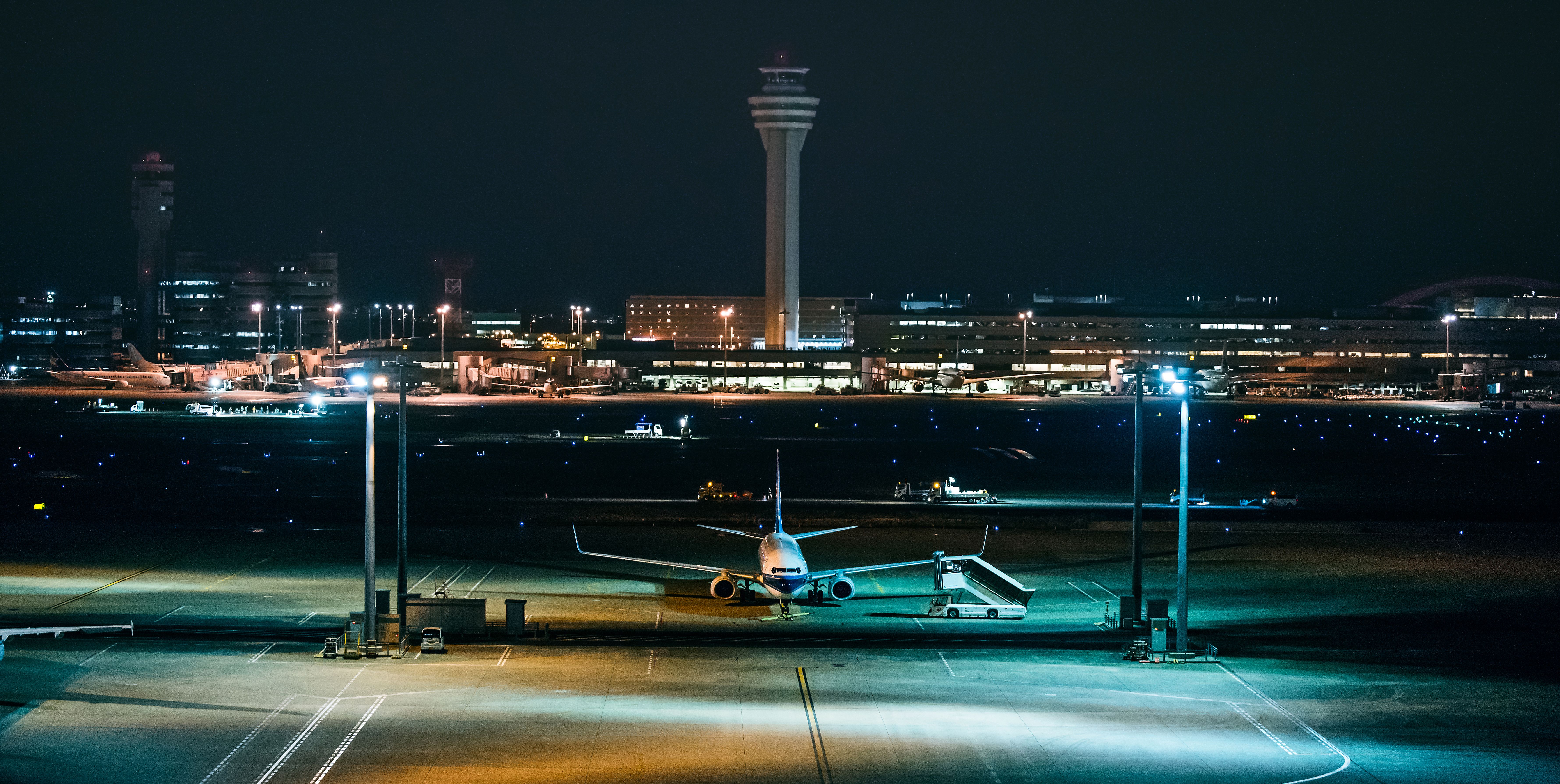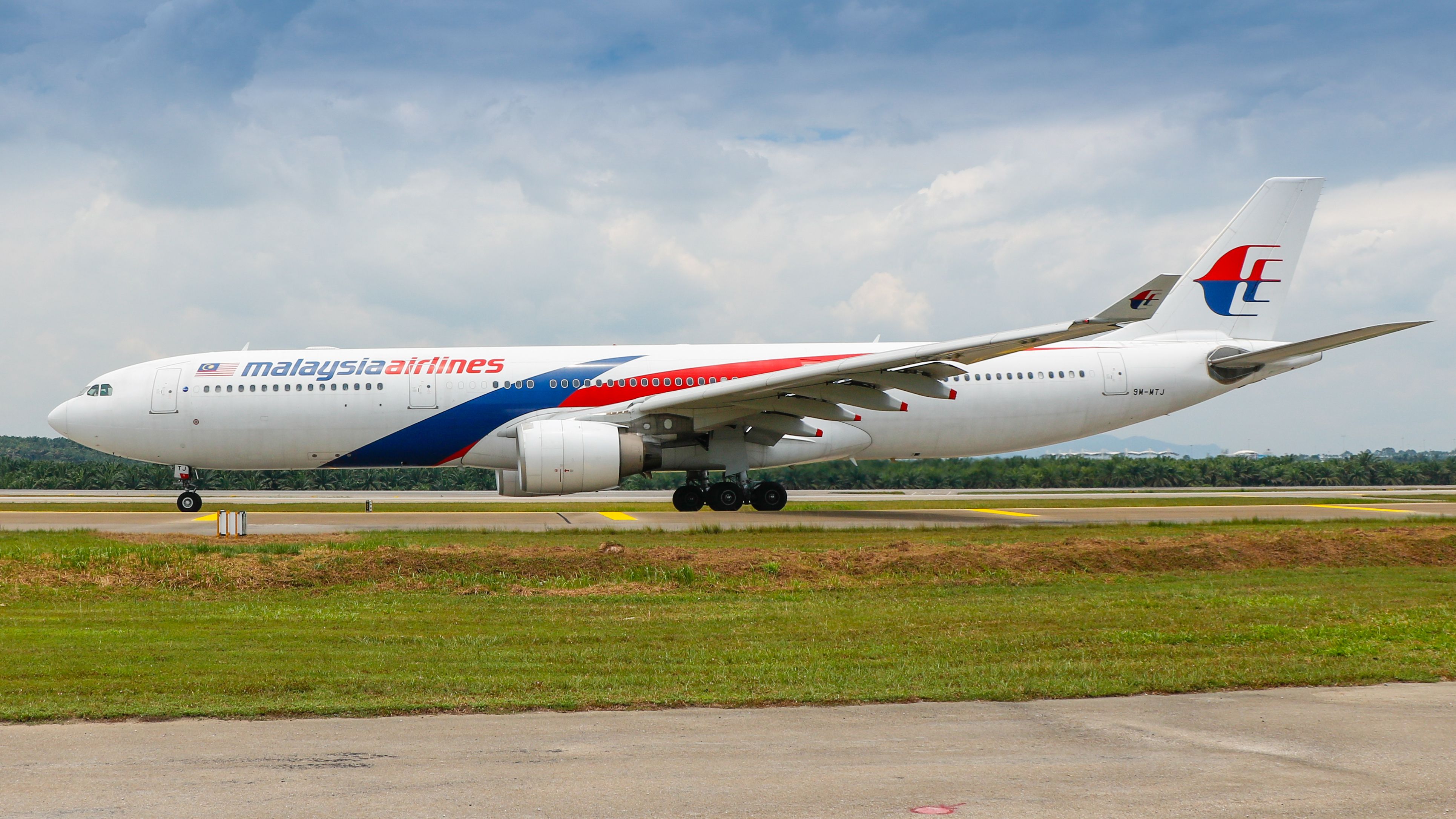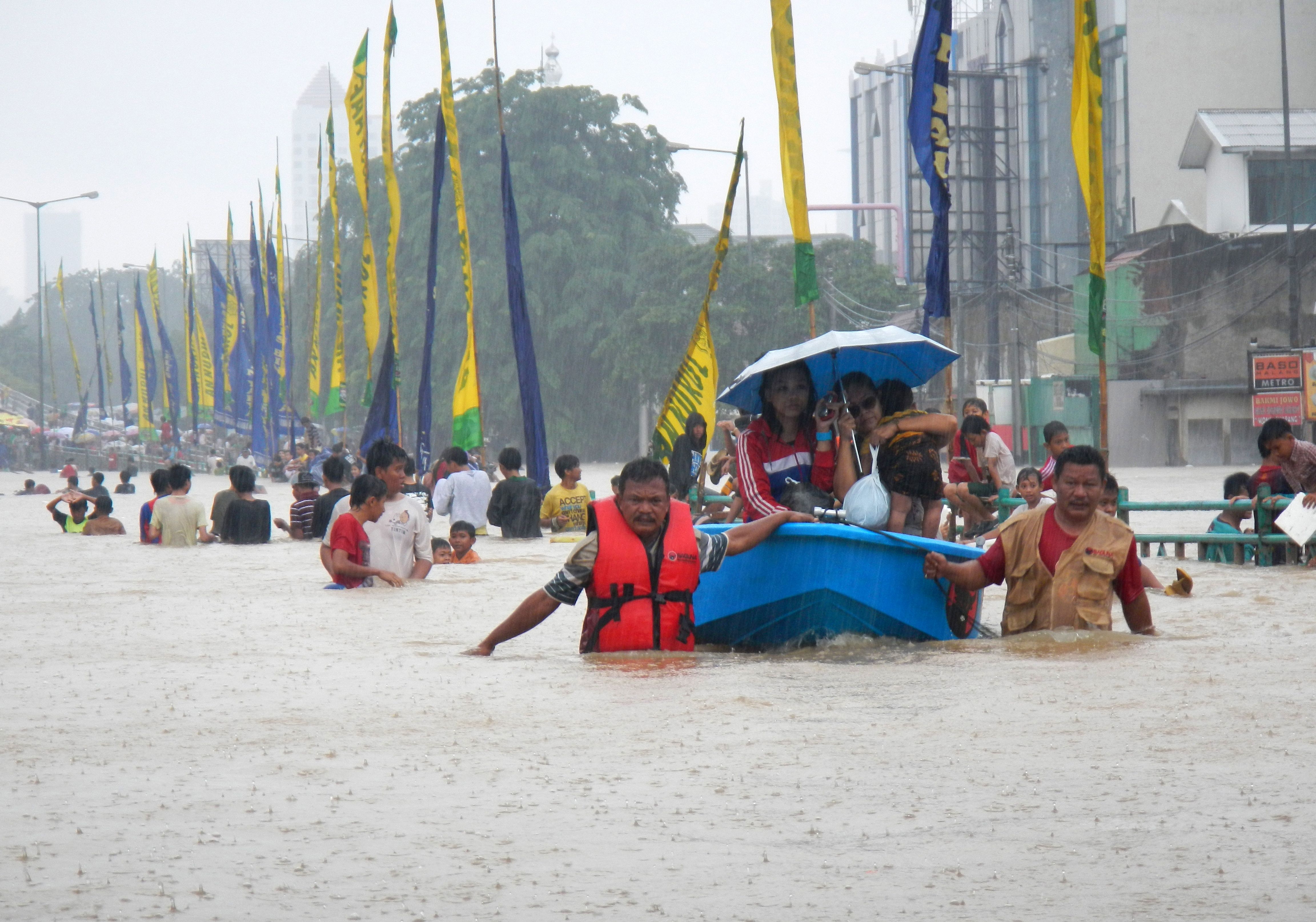CAPA, or Center For Asia Pacific Aviation, has compiled a review of how airlines perform on parameters of sustainability. The CAPA-Envest 2022 Airlines Sustainability Benchmarking and Rating Report found that Asia-Pacific carriers, in particular, are lagging behind. This could prove problematic for businesses in a region of the world that is already feeling the effects of climate change all too acutely.
Sustainability will increasingly impact consumer choice
Studies from major online tourism and booking portals such as Expedia and Booking.com, as well as surveys conducted by publications such as The Economist, show that sustainability is becoming of increasing concern for travelers in the Asia-Pacific.
This includes the oh-so-lucrative business travel segment, with corporates increasingly coming up against their own ESG (Environmental, Social, Governance) targets.
According to Philip See, the Chief Sustainability Officer of Malaysia Airlines, employees of the operator are growing more and more alarmed over the situation unfolding and are highly motivated to bring about substantial shifts toward more environmentally friendly practices.
Alas, this is not yet reflected in especially one of the crucial benchmarks the CAPA-Envest report looked at. According to its findings, airlines in the Asia-Pacific region are lagging behind some other regions, particularly when it comes to reporting on the work that they are doing.
As a result, none of the carriers in the region reached the highest rating of Platinum (this was at 8% globally), and only 2.5% the second-highest category of Gold (9.0% globally), equating to just one single airline.
Some 30% of the Asia-Pacific airlines landed in Silver (38%), 50% in Bronze (29%), and 17.5% in Blue (16%). This means that out of the 14 airlines ranked in the lowest category (Blue), seven of those operate out of the Asia-Pacific region.
Lack of reporting makes the region fall behind
Meanwhile, this is not all to do with measurable performance metrics. In fact, in terms of KPIs or Key Performance Indicators, Asia-Pacific airlines did not fare much worse than the global average. In fact, the region overall scored higher than Latin America and on the same average as Africa and the Middle East.
However, the CAPA report also looked at how airlines publicly disclose sustainability metrics - and this is where Asia-Pacific carriers fell way below the average of other regions, impacting the overall poor results.
Studies across the world repeatedly show that, while airline customers want to travel more sustainably, they find the process of gathering the information to make more conscious choices difficult and even overwhelming.
In Europe (which scored second on sustainability metrics and highest on disclosure) and North America (where first and second place in the results were reversed), practices on reporting on ESG metrics have largely been driven by both political decision-makers and investors.
Floods are becoming increasingly alarming
Climate change is no longer a fringe event in the news cycle, but front and center of people's everyday existence, particularly in regions prone to extensive droughts and floods and at immediate risk when sea levels rise.
For instance, Indonesia is building a new capital on Borneo to replace Jakarta. The latter sits on the convergence of several rivers and is sinking at an alarming rate, mainly due to the extraction of groundwater. By 2050, estimates are that 95% of the megacity, currently home to about 10.5 million people, will be submerged.
Price and schedule may still rule consumer choice when it comes to picking airlines, but sooner or later, the sustainability axis will have an impact in earnest. Airlines would do well to learn to communicate their efforts (without laying it on too thick and getting slapped on the wrist for misleading advertising.)
Want to learn more about aviation sustainability?
Source: CAPA



